Story Arc Worksheet
A story arc worksheet is a useful tool for writers who want to create well-structured and engaging narratives. This worksheet is specifically designed to help writers develop and outline the key elements of their story, including the characters, plot, and conflict. By using a story arc worksheet, writers can ensure that their story has a strong and coherent structure, making it more appealing to readers and ensuring a satisfying reading experience.
Table of Images 👆
More Other Worksheets
Kindergarten Worksheet My RoomSpanish Verb Worksheets
Cooking Vocabulary Worksheet
DNA Code Worksheet
Meiosis Worksheet Answer Key
Art Handouts and Worksheets
7 Elements of Art Worksheets
All Amendment Worksheet
Symmetry Art Worksheets
Daily Meal Planning Worksheet
What is a story arc?
A story arc is the overall structure or trajectory of a narrative, typically within a larger work such as a novel, TV series, or film. It refers to the progression of events, themes, and character development that unfolds over the course of the story, often culminating in a climax or resolution. Story arcs help to give structure and coherence to a plot, guiding the audience through the unfolding of the story.
Why is a story arc important in storytelling?
A story arc is important in storytelling because it provides a structure and coherence to the narrative, allowing the audience to engage with the characters and plot on a deeper level. It helps to create tension, build suspense, and drive the overall story forward by establishing a clear beginning, middle, and end. Additionally, a well-developed story arc can enhance character development, create emotional connections with the audience, and convey themes and messages effectively. Ultimately, a strong story arc is crucial for keeping the audience invested and interested in the story being told.
What are the different elements of a story arc?
A story arc typically consists of several key elements, including exposition (introduction of characters and setting), rising action (build-up of conflicts and challenges), climax (the turning point of the story where the main conflict is confronted), falling action (resolution of conflicts), and resolution (final outcomes and conclusions). These elements work together to create a cohesive narrative structure that engages and captivates the audience.
How does a story arc help create tension and suspense?
A story arc helps create tension and suspense by establishing a framework in which conflict and obstacles build and escalate throughout the narrative. By introducing characters, conflicts, and goals at the beginning of the arc, the audience becomes invested in the outcome and is curious to see how the story unfolds. As the plot progresses, rising action increases the stakes and intensifies the challenges faced by the characters, leading to a climax that resolves the central conflict. This structure of buildup and resolution keeps the audience engaged and on edge, as they anticipate how the story will ultimately be resolved.
What is the purpose of the exposition in a story arc?
The purpose of the exposition in a story arc is to provide necessary background information and establish key elements such as setting, characters, and initial conflicts. It sets the stage for the events that will unfold in the narrative and helps to orient the audience to the world and context in which the story takes place. By introducing the audience to essential details early on, the exposition helps to engage readers or viewers and lays the foundation for the development of plot and character dynamics throughout the story.
How does the rising action build towards the climax?
The rising action of a story is where the conflicts and tension increase, leading towards the climax, the highest point of intensity in the plot. This section typically sees complications arise, characters facing challenges, and stakes becoming higher, ultimately building the suspense and anticipation for the climax where the main conflict reaches its peak and is then resolved.
What is the significance of the climax in a story arc?
The climax is the most crucial part of a story arc as it is the point of highest tension and conflict, where the protagonist faces their greatest challenge and the outcome hangs in the balance. It serves to resolve the central conflict and lead to the story's resolution, making it a pivotal moment that often determines the ultimate outcome of the narrative. The climax is where all the build-up throughout the story culminates, creating a powerful and memorable impact on the audience.
How does the falling action bring resolution to the story?
The falling action of a story typically brings resolution by winding down the tension and conflicts that were introduced in the rising action. This phase allows the characters to address their problems, make important decisions, and ultimately reach a sense of closure or fulfillment. It ties up loose ends, reveals the consequences of the climax, and often leads to a satisfying conclusion for the characters and the overall plot, providing a sense of resolution for the reader.
What role does the resolution play in completing the story arc?
The resolution is essential in completing the story arc as it provides the conclusion to the narrative, resolves any conflicts or unanswered questions, and offers a sense of closure for the characters and the plot. It is the final piece of the puzzle that brings all the elements of the story together, allowing the audience to understand the implications of the events that have unfolded throughout the story. By providing resolution, the story arc is brought to its natural conclusion, giving the audience a satisfying and complete storytelling experience.
How can a well-developed story arc enhance the overall impact of a narrative?
A well-developed story arc can enhance the overall impact of a narrative by providing structure, depth, and coherence to the plot, characters, and themes. It allows for a natural progression of events that creates tension, builds anticipation, and ultimately leads to a satisfying resolution. By introducing conflicts, obstacles, and character growth throughout the arc, the audience becomes emotionally invested in the story, resulting in a more meaningful and impactful storytelling experience.
Have something to share?
Who is Worksheeto?
At Worksheeto, we are committed to delivering an extensive and varied portfolio of superior quality worksheets, designed to address the educational demands of students, educators, and parents.

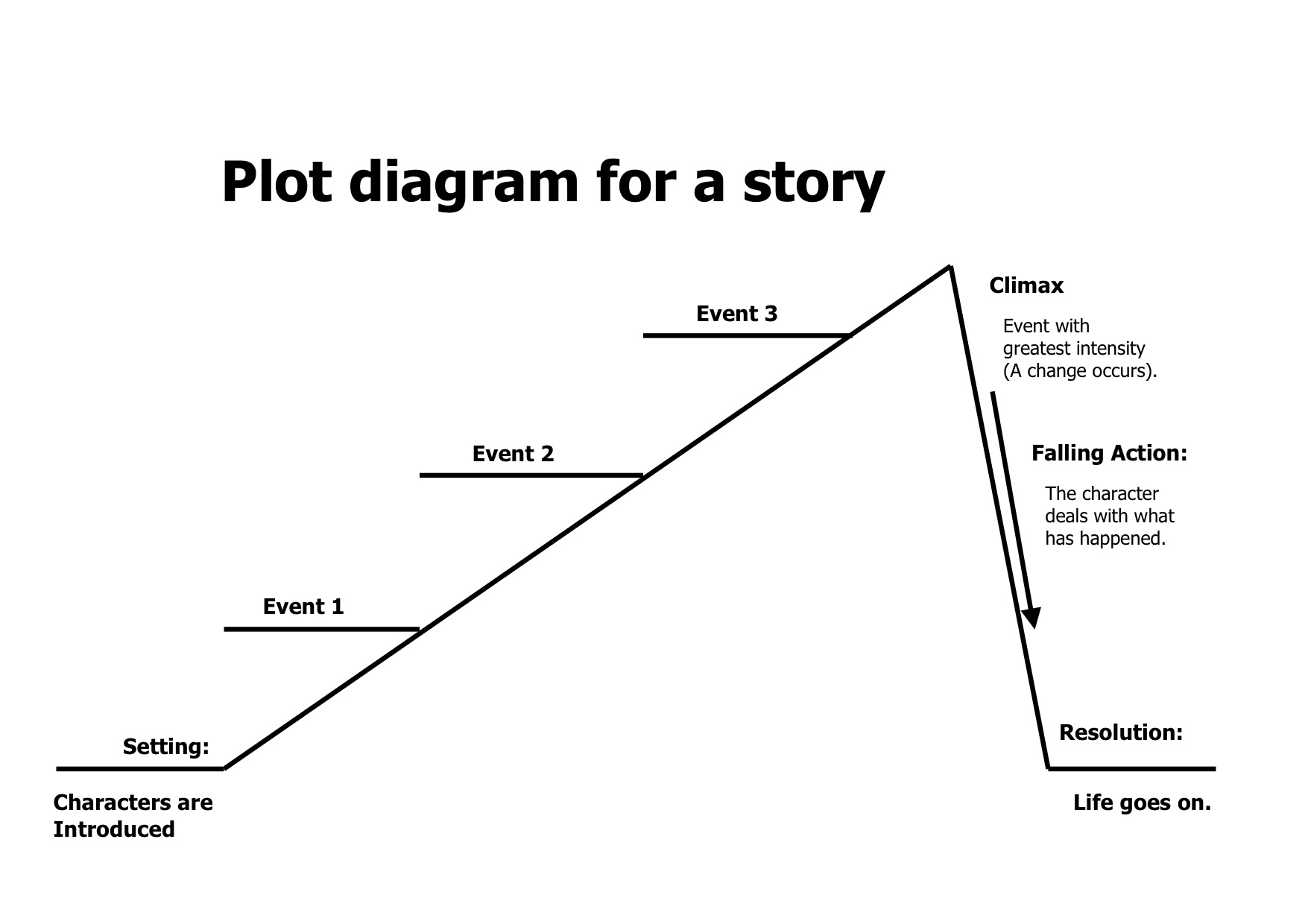



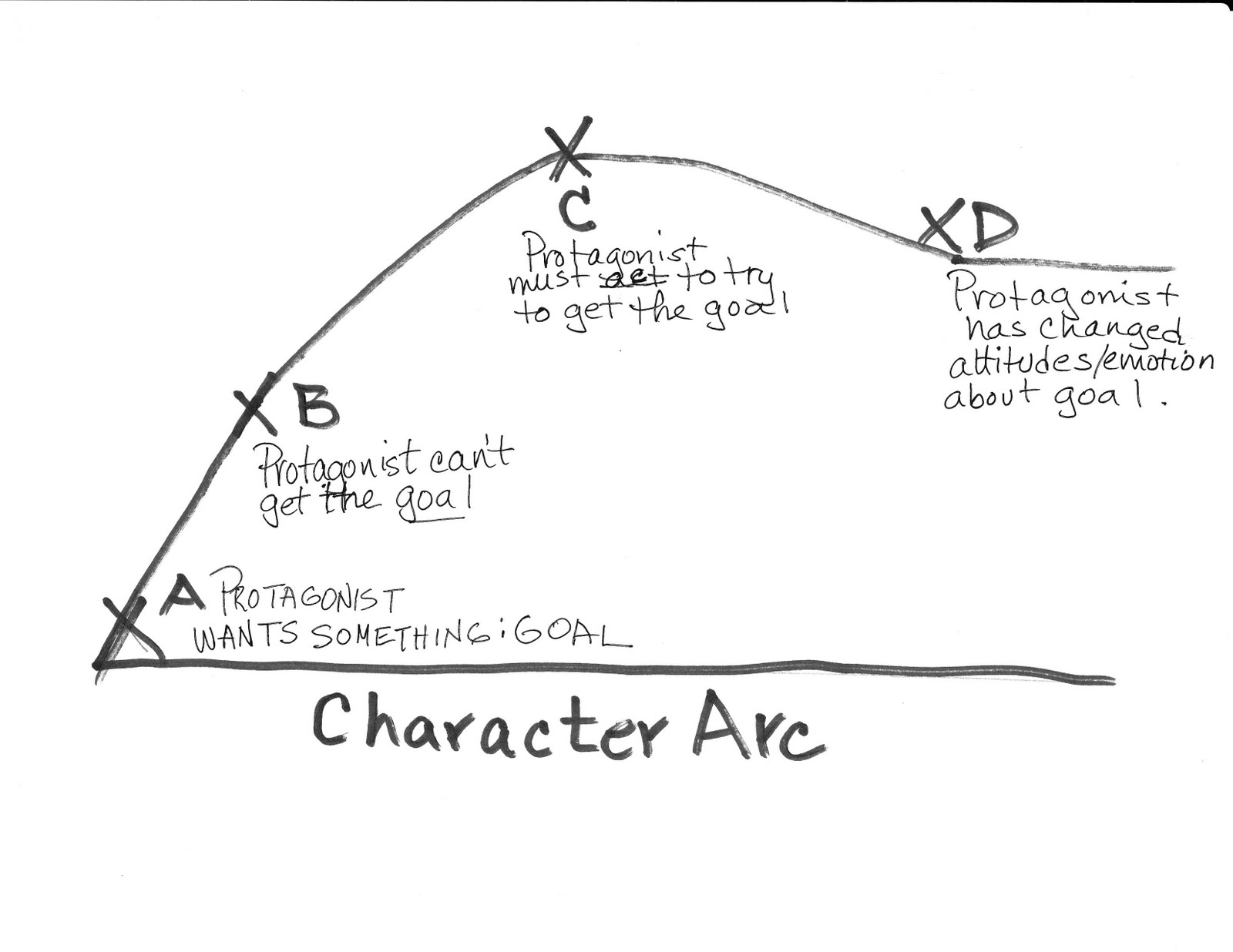
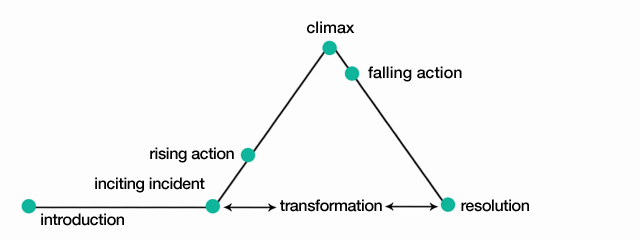
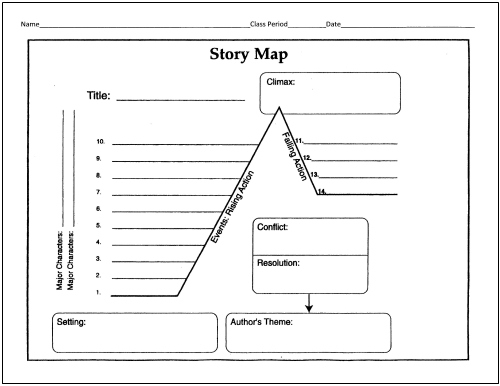

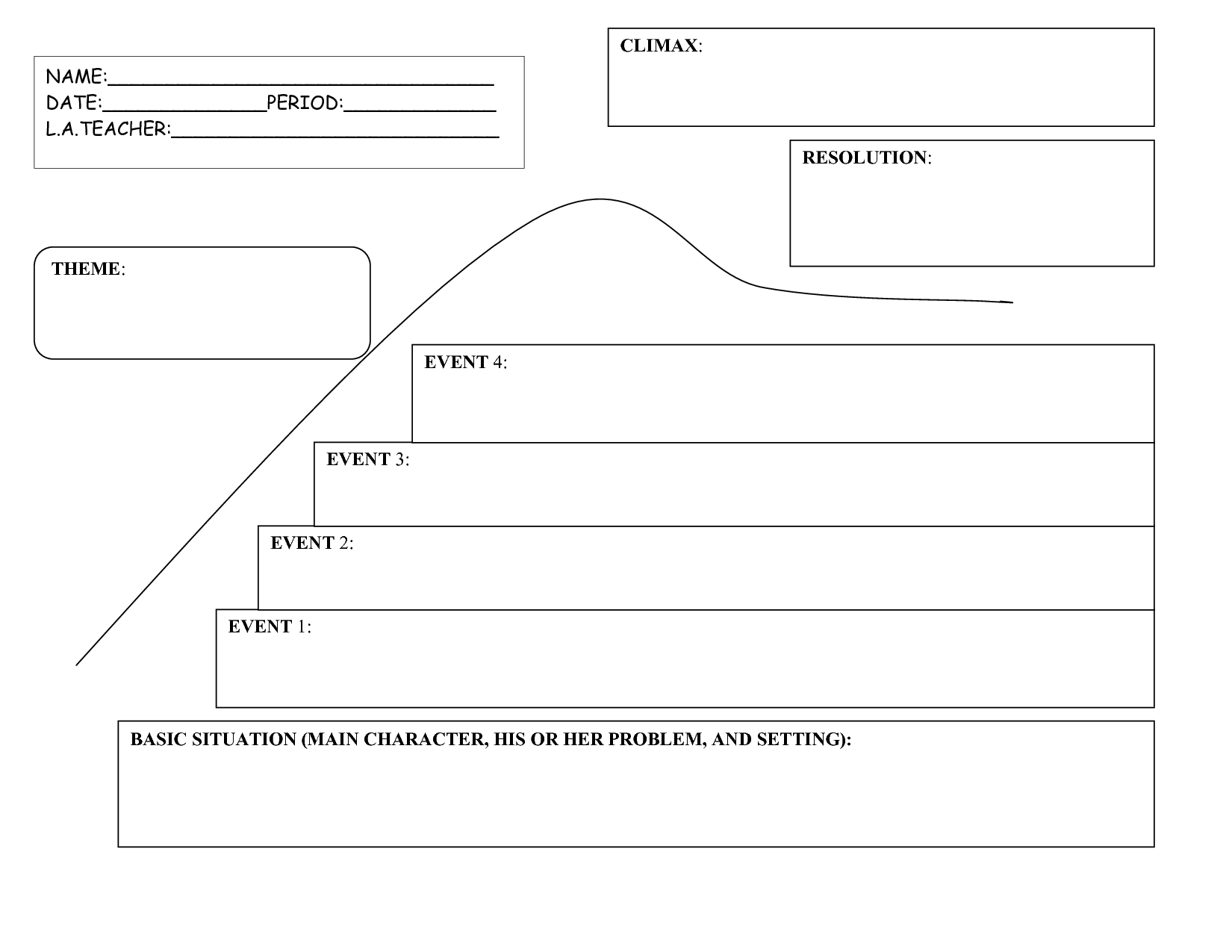
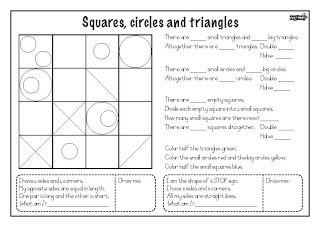
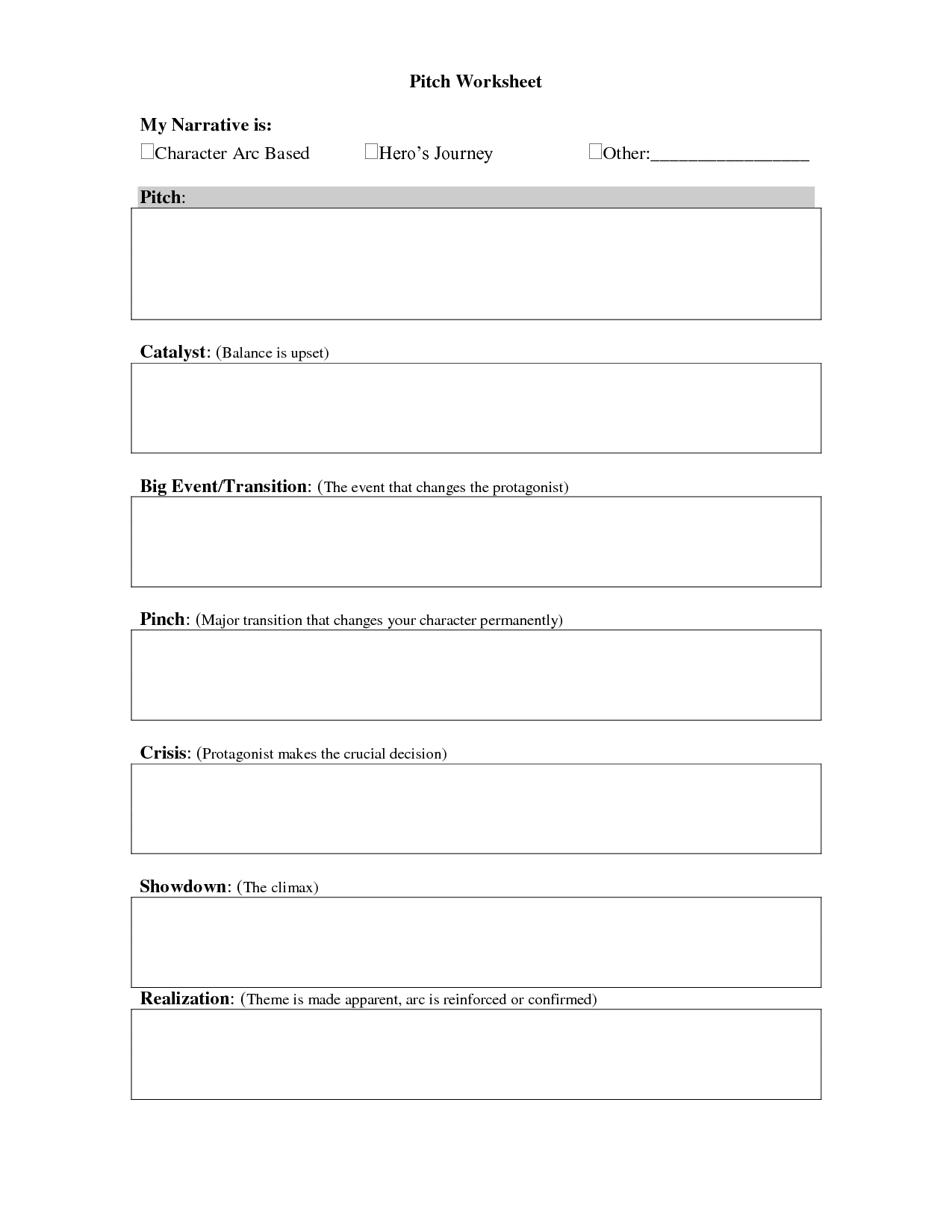















Comments